Having a hard time deciding between lavender vs rosemary for your garden or kitchen? Despite their similarities, lavender and rosemary also have many differences. Here are the details on each of these fragrant herbs including how to choose which is a better choice for growing in your garden and using in particular recipes.
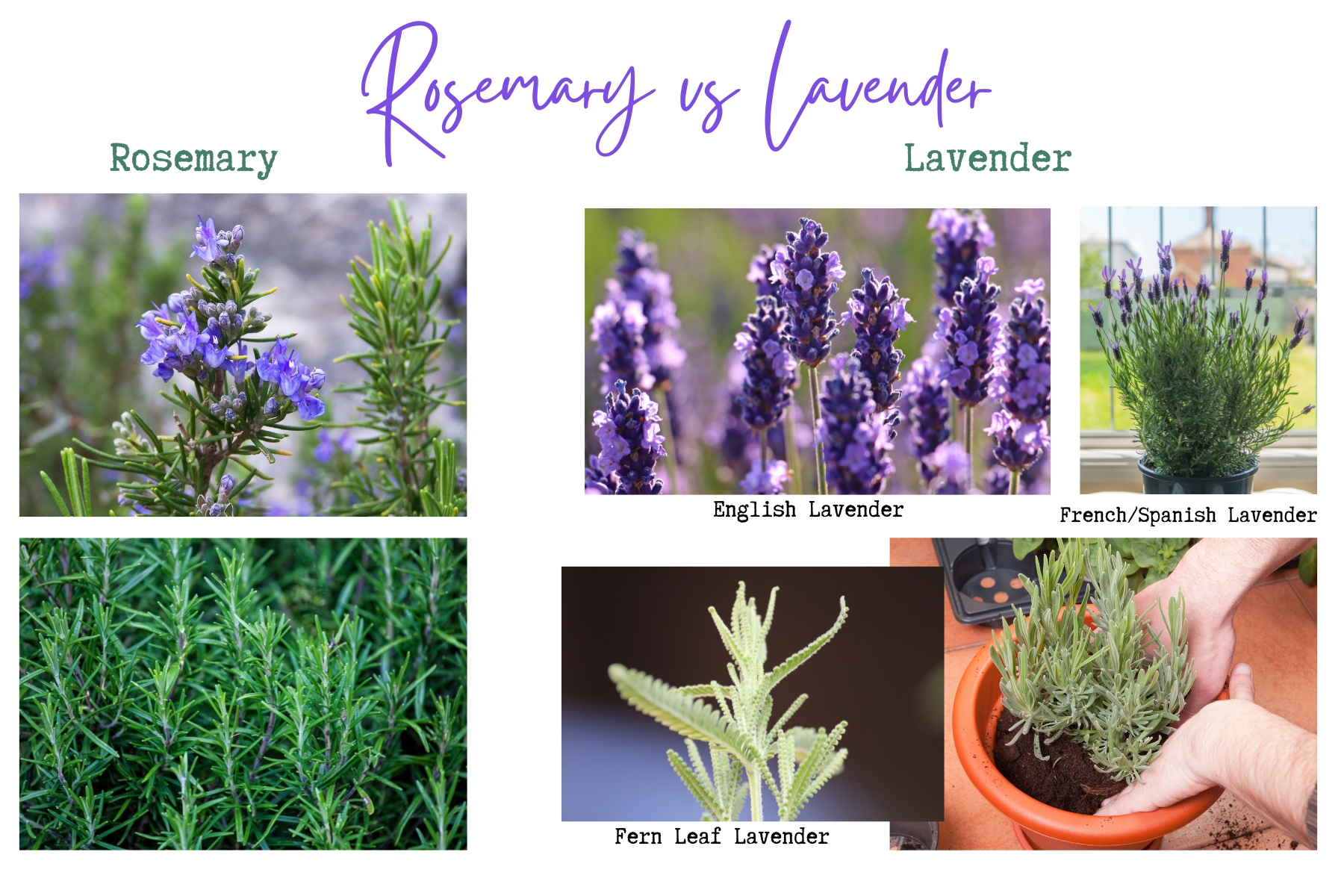
Lavender and rosemary are two of the most popular and versatile culinary herbs used in cooking, bouquets, aromatherapy, herb gardens and home remedies. Both have a distinctive and intense aroma. They are used in a wide range of dishes, from sweet to savoury and are popular aromatherapy herbs too.
Jump to:
- Botanical Names and Family
- Physical Similarities and Differences
- Flowering + Scent
- Growing
- Harvesting
- Rosemary vs Lavender Essential Oil
- Lavender vs Rosemary Flavor Comparisons
- Cooking + Culinary Uses
- Rosemary Substitute For Lavender
- Can You Dry Rosemary And Lavender At Home?
- How To Use
- Growing - Hardiness Zones, Sun And Water Requirements
- Botanically Similar Herbs
- Related Recipes
- Get My Free Book
- 10 Herbs 10 Ways
- 💬 Community
Botanical Names and Family
Lavender and rosemary belong to the mint family known by it's botanical name, lamiaceae in the genus Salvia. The lamiaceae family also includes other herbs such as oregano, thyme, and basil. Lavender is commonly known as Lavandula angustifolia or Lavandula officinalis, while rosemary is known as Rosmarinus officinalis.
The scientific name for lavender, Lavandula, comes from the Latin word lavare, which means 'to wash', while Rosmarinus is derived from the Latin words ros, meaning 'dew', and marinus, meaning 'sea', referring to the herb's ability to survive in dry, coastal conditions. Dew of the sea and the fragrant cleansing herb both have their own calming scent and both have been a popular herb for centuries.
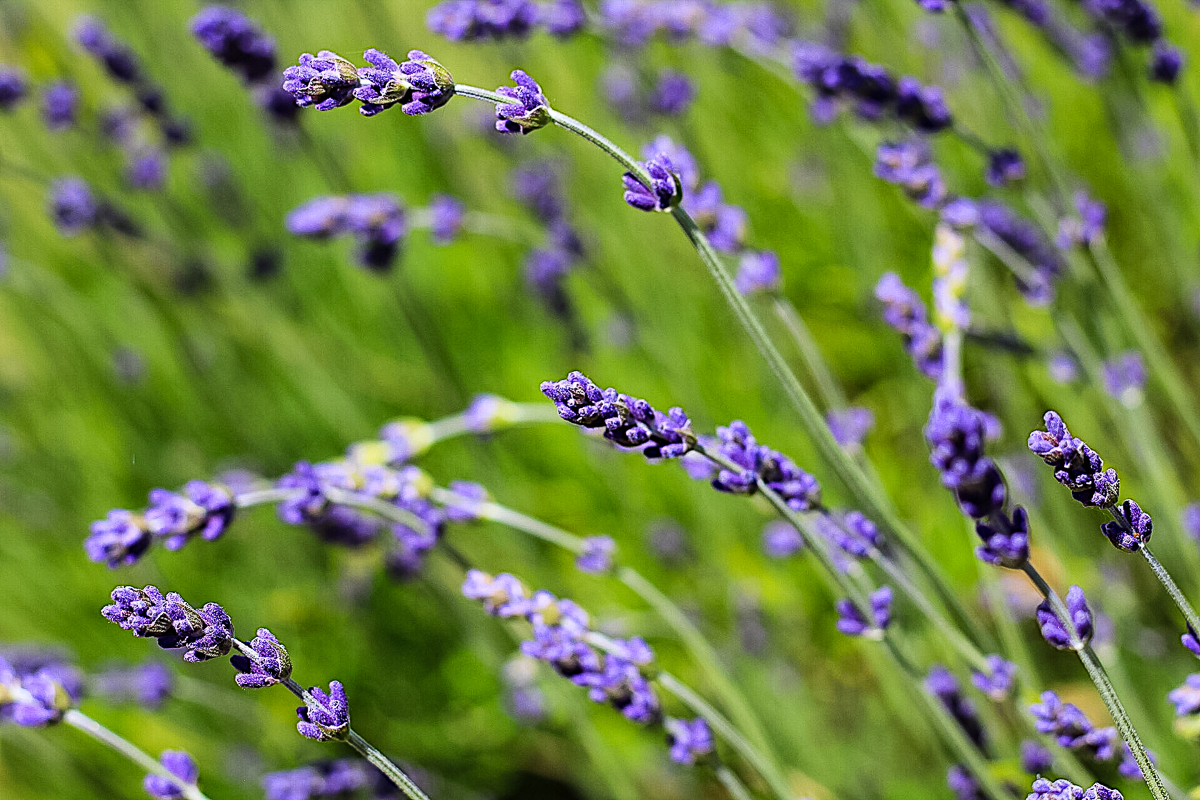
There are 47 different species of lavender that have been identified to date. These include English lavender, French or Spanish lavender, Munstead, fernleaf, Egyptian, Hidcote, Portuguese, wild lavender and so many more.
There are many types of rosemary though I haven't been able to find an actual number. The two main types are upright and creeping. Tuscan blue is probably the most popular followed by Arp, rosmarinus officinalis , Majorca pink, Flora Rosa, and Holly Hyde. Next time you're at your local garden center, see how many they carry and what the names are.
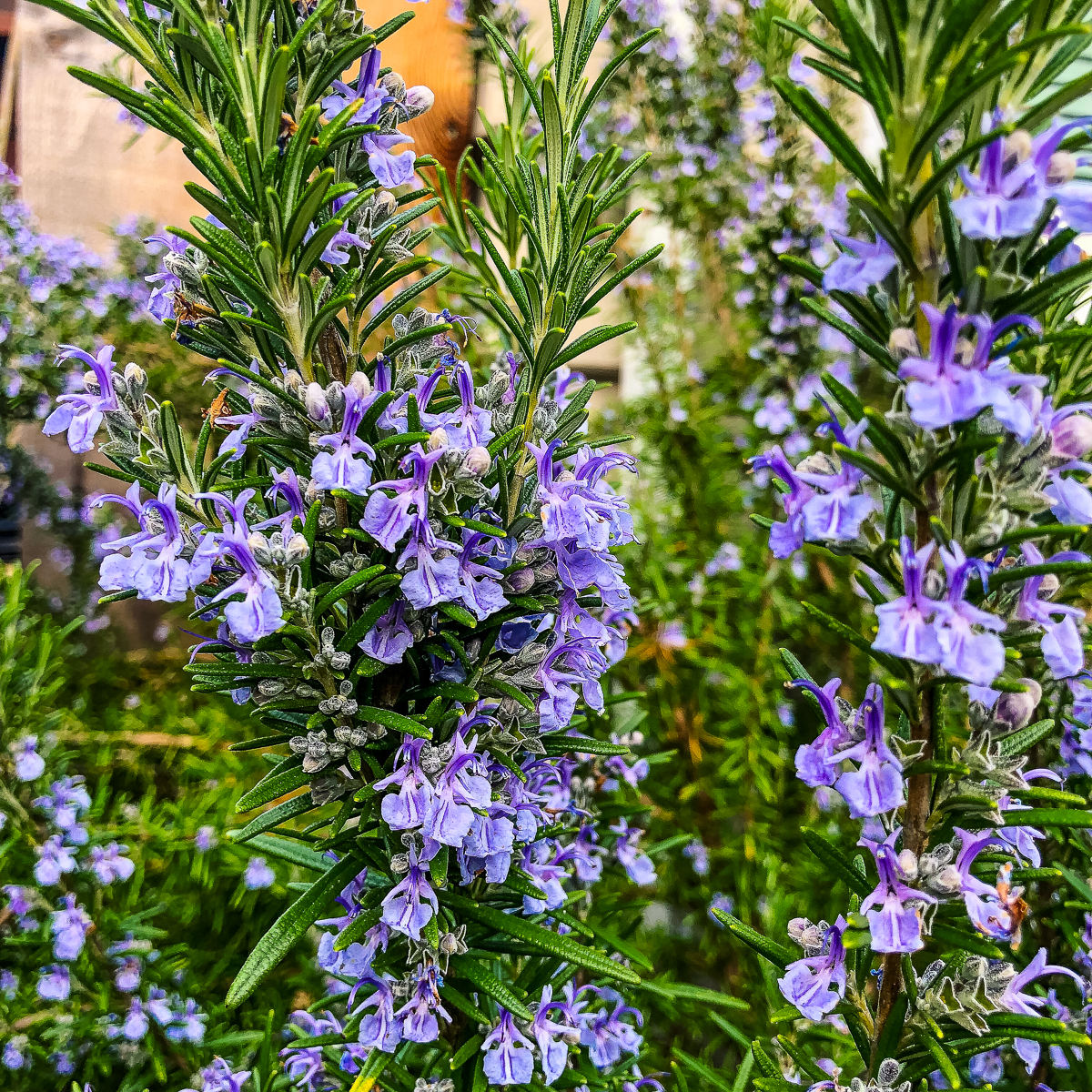
Physical Similarities and Differences
Both lavender and rosemary plants have needle-like leaves and square stems and are well known for their aromatic foliage. In fact, both the flowers and green leaves are edible and fragrant.
Lavender plants have gray-green leaves that tend to be slightly softer and more feathery feeling than rosemary. Lavender tends to grow as nice, compact shrubs usually about 1-2 feet (30-60 centimeters) tall.
Fresh rosemary has deep green leaves that match it's piney scent. Rosemary plants can get quite large, up to about 6 feet tall and 4 feet wide on average. You can grow creeping varieties that stay fairly low at around 2-12 inches high.
Flowering + Scent
Both lavender and rosemary have a strong, distinctive scent that can be used to scent a variety of dishes and drinks. Lavender is known for its sweet, floral aroma, while rosemary has a more herbal, pine-like scent.
Lavender flowers are typically a pale purple but they can range from pale purple to fuschia and even blue. Rosemary flowers are most often pale blue, but can have white flowers, pink flowers or anything in between.
If you have these herbs (or other herbs) growing in your garden, run your hands gently over them and they will release their scent. Truly natures aromatherapy.

Growing
As an evergreen shrub in warmer climates and a tender perennial in colder climates, these herbs are essential in herb gardens. Used as an ornamental plant, lavender makes beautiful borders and short hedge rows.
Lavender averages 1-2 feet tall while rosemary plants generally get a little larger at 6-8 feet tall and 4 feet wide and are great for adding evergreen structure to your garden. Creeping varieties stay 2-12 inches in height.
In warm, Mediterranean regions, lavender and rosemary are evergreen. In colder climates they are a tender perennial and in harsh winter weather, they may not survive the winter. While lavender may look delicate, it is generally more hardy than rosemary.
Lavender and rosemary both have long germination periods if grown from seed, so be patient. The seeds can take anywhere from 3-6 weeks to germinate. This makes it important to use sterilized seed starting soil so that mold doesn't start to form and damp off the seedlings.
While rosemary can reach maturity in a year, lavender takes upwards of 3 years to reach maturity.
In my zone 7 garden, my lavender fares just fine each winter. My rosemary plants have suffered more and I now find success by planting them close to my house. This gives them a little shelter and keeps the soil slightly warmer than the gardens farther away from the house. To choose the right cultivar for your garden, read the tags at the nursery and choose a species that is hardy for your zone.
Save or Pin for later
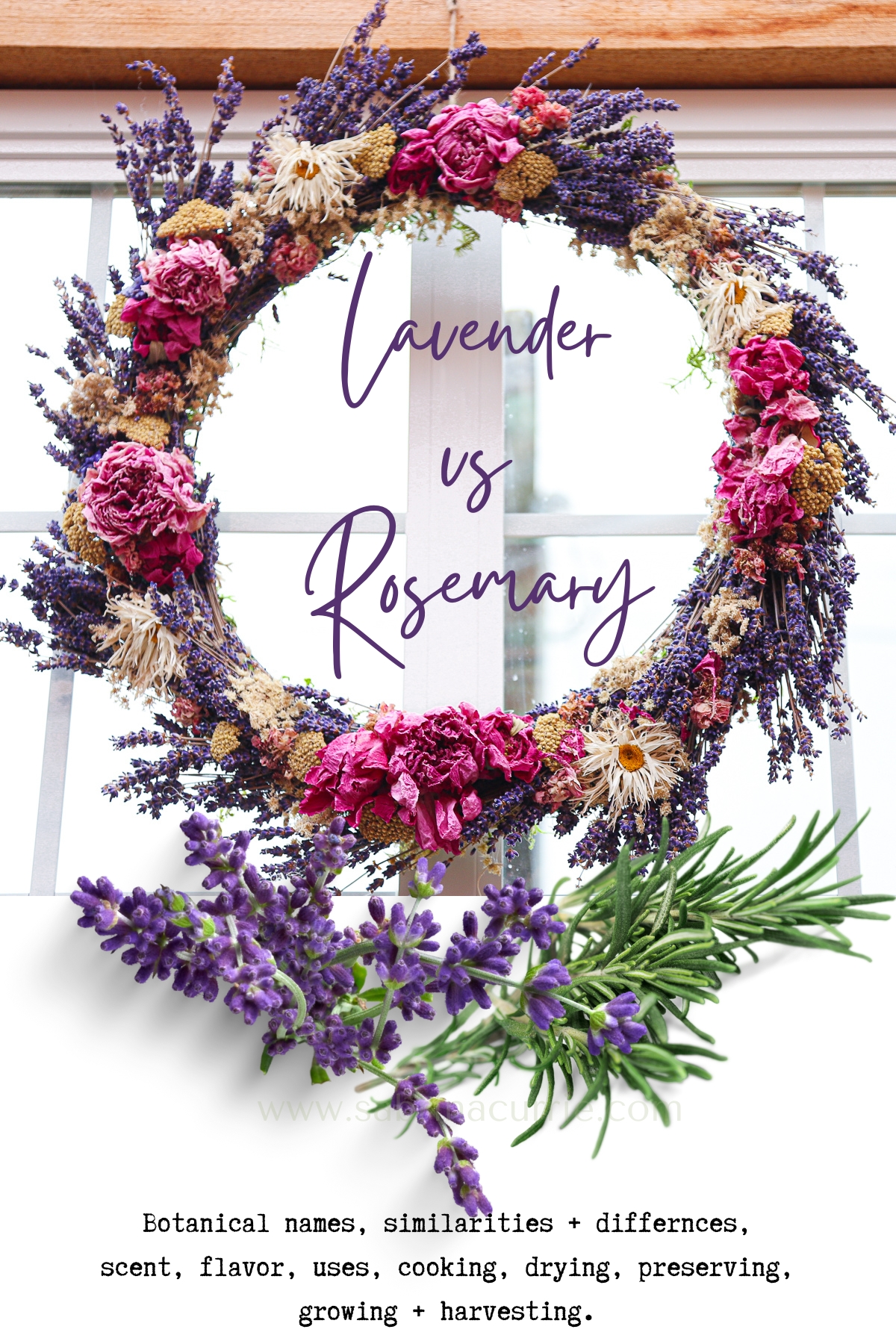
Harvesting
To harvest lavender for drying, pick the fresh lavender stems when the flowers are in full color but still small buds and not open flowers. This will give you the most flavor and scent once preserved.
You can harvest rosemary at any time of year that is growing season. Late spring and early summer will give you the most fragrance and flavor from this piney scented herbaceous perennial.
Never harvest more than ⅓ of your rosemary or lavender plants or they can become stressed and more susceptible to disease.
Rosemary vs Lavender Essential Oil
Only the top, flowering part of lavender is used to make pure lavender oil. Essential oils are made from both perennial plants when the plants are in early bloom.
Rosemary flowers, foliage and sometimes stems are used for making essential oils.
If you are going to ingest these herbs for medicinal uses or cooking in recipes, it is best to choose organic essential oil. The distilling process to extract the oil can concentrate non-organic sprays and chemicals that may have been used while farming the aromatic herbs.

Lavender vs Rosemary Flavor Comparisons
The flavors of lavender and rosemary have some key differences. Lavender is known for its sweet, floral taste. With hints of it's cousins, mint, citrus and rosemary, it also has a slightly bitter after taste. It pairs especially well with honey, cream (or other dairy), strawberries, and lemon. It can also pair very well with savory ingredients and roasted meats.
Rosemary is pungent, peppery, woodsy, citrusy and herbal. It feels a bit stickier, more resinous and more vegetal than lavender. Rosemary shines when steeped or fried with olive oil or butter. It pairs well with root vegetables, mustard, red meat, in breads (focaccia and sourdough in particular), and cheese dishes.
Lavender is often used in desserts and sweet dishes, while rosemary is better suited to savory dishes. Each is a a versatile and important culinary herb in the professional and home kitchen.
Cooking + Culinary Uses
If you are using fresh lavender, you will usually use the flower buds though you can use the lavender leaves too. Depending on the recipe, you can chop them by hand or in a food processor. You can steep them in milk, water or oil or you can use them whole, as it. I love lavender scented herbes de Provence on pork and lamb dishes and in cookies and cakes too. (You can order French culinary lavender here.)
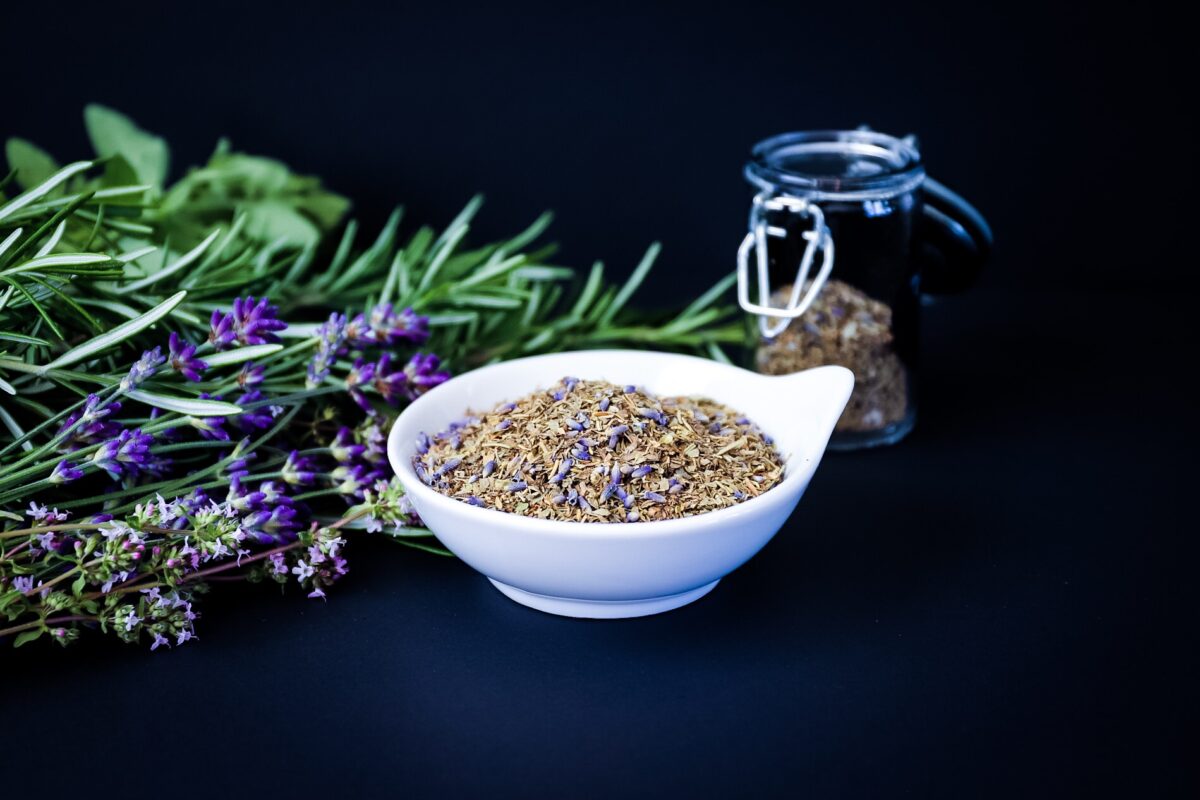
If using fresh rosemary, you will generally use the rosemary leaves, though the flowers make a beautiful garnish for any salads or savory recipes. The green leaves should usually be chopped finely to avoid any woody bits.
Rosemary needles can be steeped in olive oil or coconut oil, added to stir fries in the pan and are popular in marinades. Olive oil, garlic, and rosemary make a great marinade for beef, pork and lamb. You can add a little Dijon mustard or red wine vinegar too if you like.
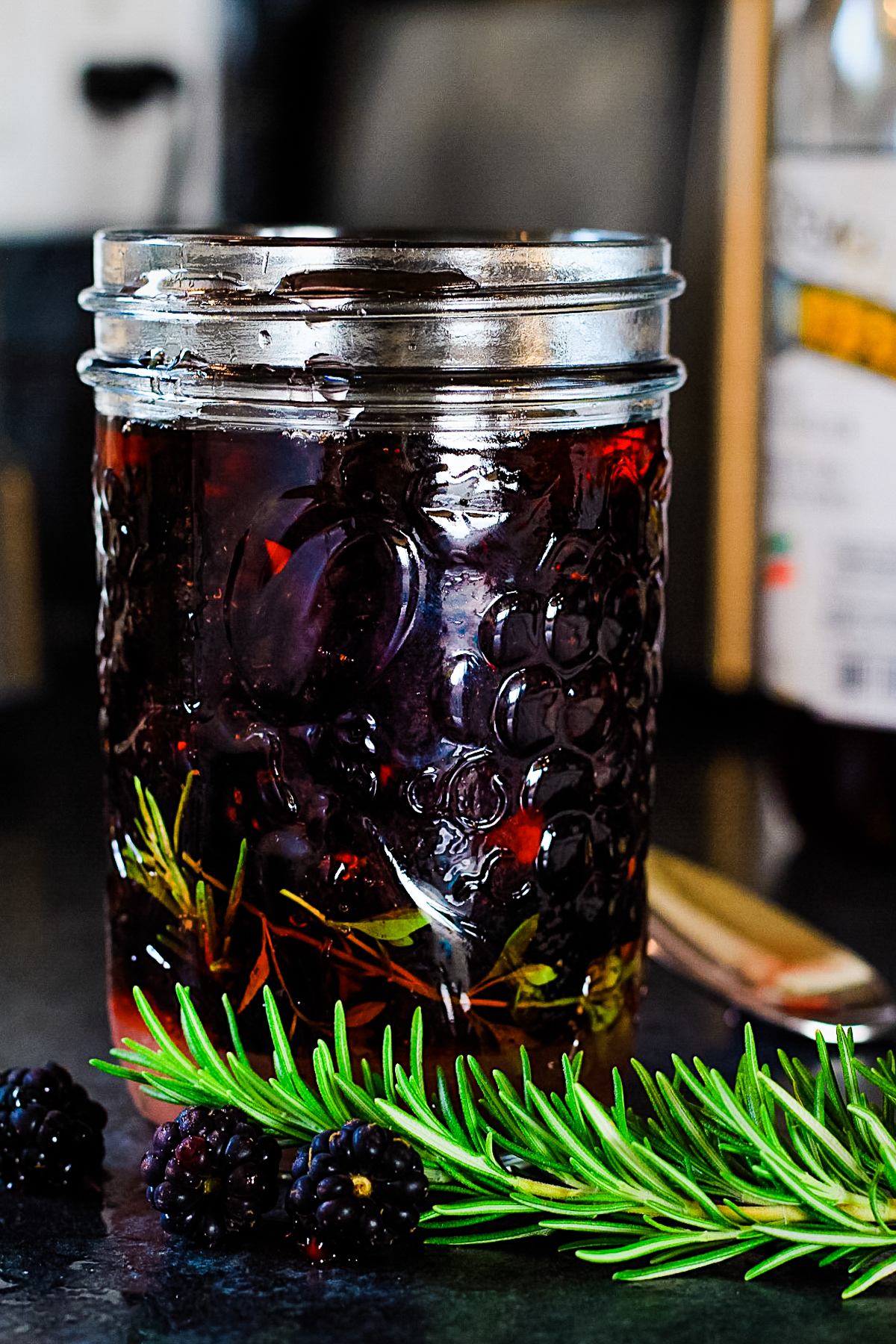
When used in cooking, it is best to use them sparingly as they can easily overpower other flavors. A small amount adds a pleasant aroma and floral or piney flavor depending which of these popular herbs you use.
Dried rosemary and lavender tend to be a bit woody. Because of this, it is best to crumble these culinary herbs when adding them to recipes to minimize any unpleasant, woody bits.
Rosemary Substitute For Lavender
Despite their differences, lavender and rosemary make wonderful substitutions for each other when needed. To substitute one for the other, use an equal amount and complete the recipe as written.
For most recipes, I do not recommend using lavender or rosemary oil in place of the fresh or dried herb. Using fresh herbs is not the same as using the concentrated essential oils. Just a few drops of lavender oil can fully flavor a recipe that would take the equivalent of 1-2 tablespoons of fresh lavender or rosemary.
While fragrance oils smell lovely, they do not have the full spectrum of flavor that fresh or even dried whole herbs have. If you choose to use oil in place of whole herbs, do so sparingly.
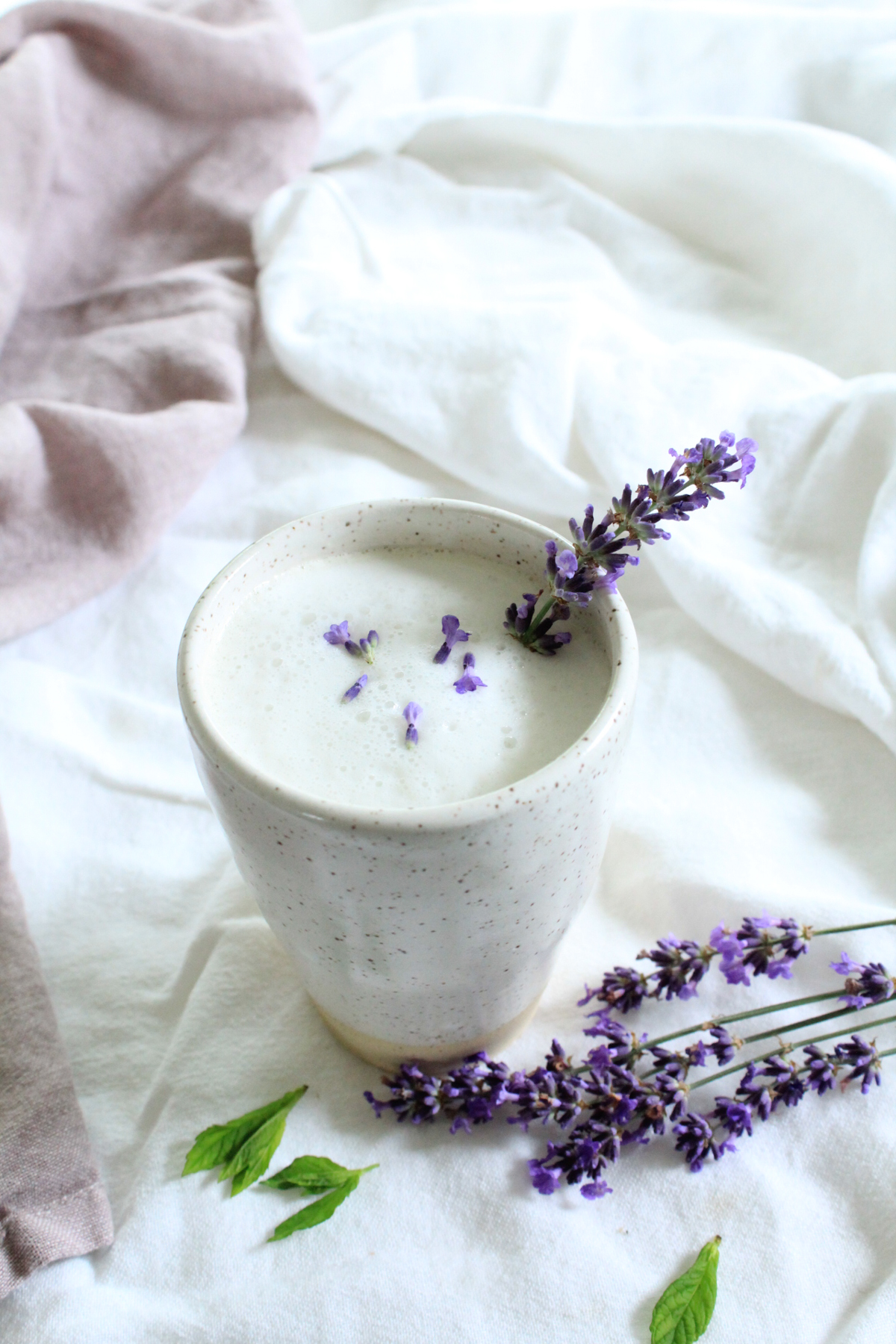
Can You Dry Rosemary And Lavender At Home?
Both of these herbs dry well and can be used on their own or blended into herb and spice blends. Rosemary is often an ingredient in dry Italian seasoning. Lavender is frequently found in the French herbes de Provence herb blend.
These woody herbs have a high oil content giving them their strong scent and flavor that remains after drying. Because of this, they work almost as well dried, as they do fresh. Easily dry rosemary or lavender by hanging it in small bunches in any dry, warm or room temperature area. Once dry, gently pull the leaves off the woody stems. Store the dried leaves in an airtight container or resealable bag. These will last well for up to 6 months if stored away from heat and sunlight.
Alternatively, you can spread out your fresh lavender and rosemary sprigs on a trays and use a dehydrator as shown below. My experience is that drying them in a dehydrator speeds the process and retains more of their color and aromatic qualities.
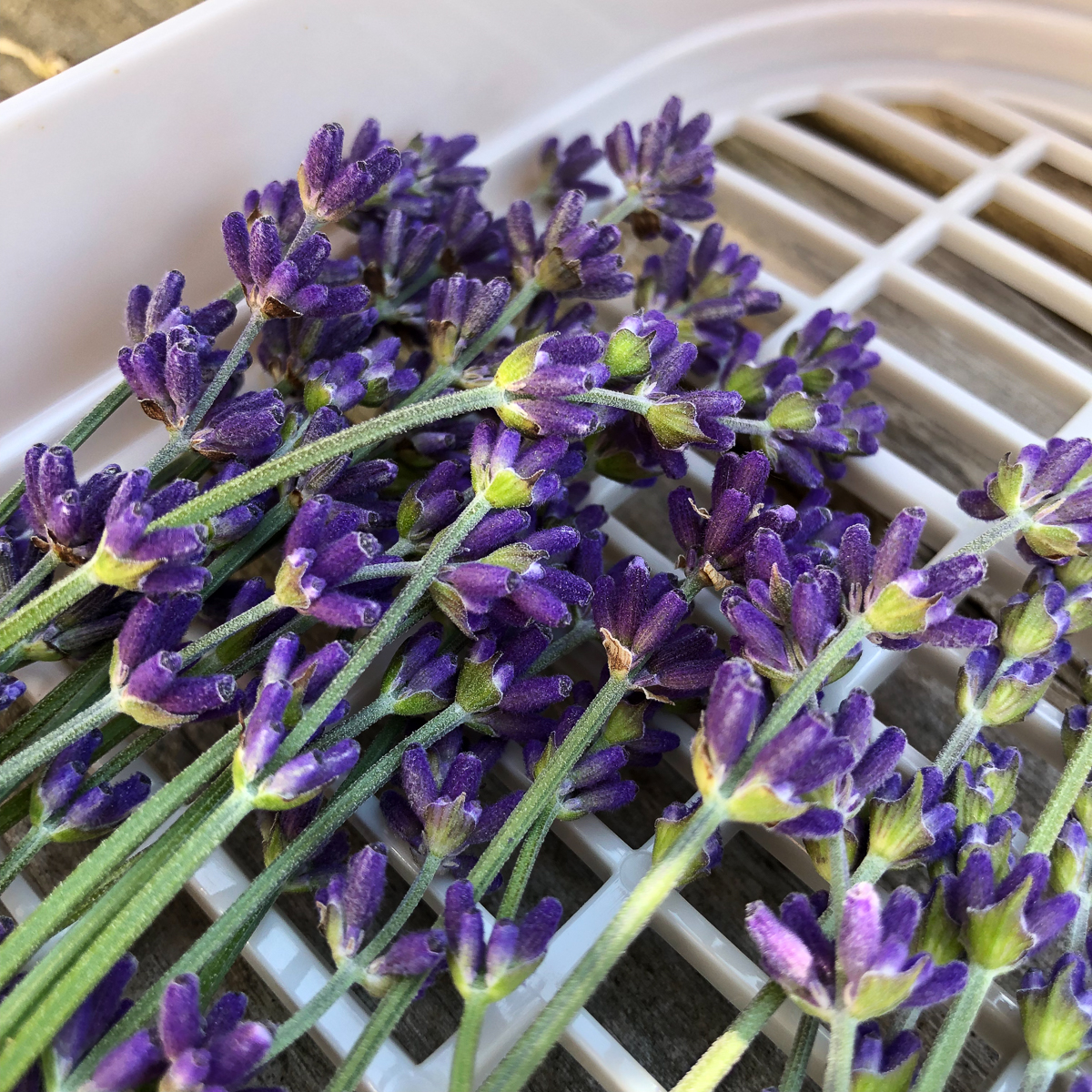
How To Use
Lavender and rosemary can be used in a variety of ways. As skin care herbs, aromatherapy herbs and as culinary herbs in both sweet and savory recipes.
Lavender is popular in baking cakes, cookies, jams, and used to make syrups, liqueurs, and drinks. It is also commonly used to flavor ice cream, sorbets, and other desserts. It can add a delicate floral note to savory dishes too. For some delicious lavender recipes, try this Traditional Lavender Milk Tea or Lavender Earl Grey Cake. You can also use it to make up a batch of Herbes De Provence.
Rosemary is often used as a savory seasoning for meats and vegetables, and in marinades and dressings. This woodsy herb adds great depth to soups and stew too. It can also be used to add a unique flavour to pizza dough, bread (try this Easy Rosemary No Knead Bread), and pastries. Also find rosemary in these Traditional Pickled Blackberries.

These herbs have calming scents are and great for aromatherapy. You can make your own organic lavender essential oil and rosemary oil easily by steeping the buds or leaves in coconut oil. While not as pure as commercially made organic essential oils, it is simpler and very economical and the floral scent from freshly made herb oils can be almost as fragrant as pure essential oils.
As skincare, you can add a few drops of organic rosemary essential oil or lavender essential oil to a base moisturizer or vitamin E oil. You can buy commercially made face and body products with these natural ingredients too. Shampoo, soap and body wash are also common vehicles for these aromatic herbs.

Pure essential oils are great for candle making too, lending their pleasant aroma to the calming flicker of candles.
Cleaning products successfully use rosemary and lavender extracts too. Here's a recipe for making your own lavender cleaner.
Growing - Hardiness Zones, Sun And Water Requirements
Both lavender and rosemary are easy to grow, although they do have different growing requirements. Lavender prefers full sun and well-drained soil, while rosemary can tolerate partial shade and prefers a more neutral soil.
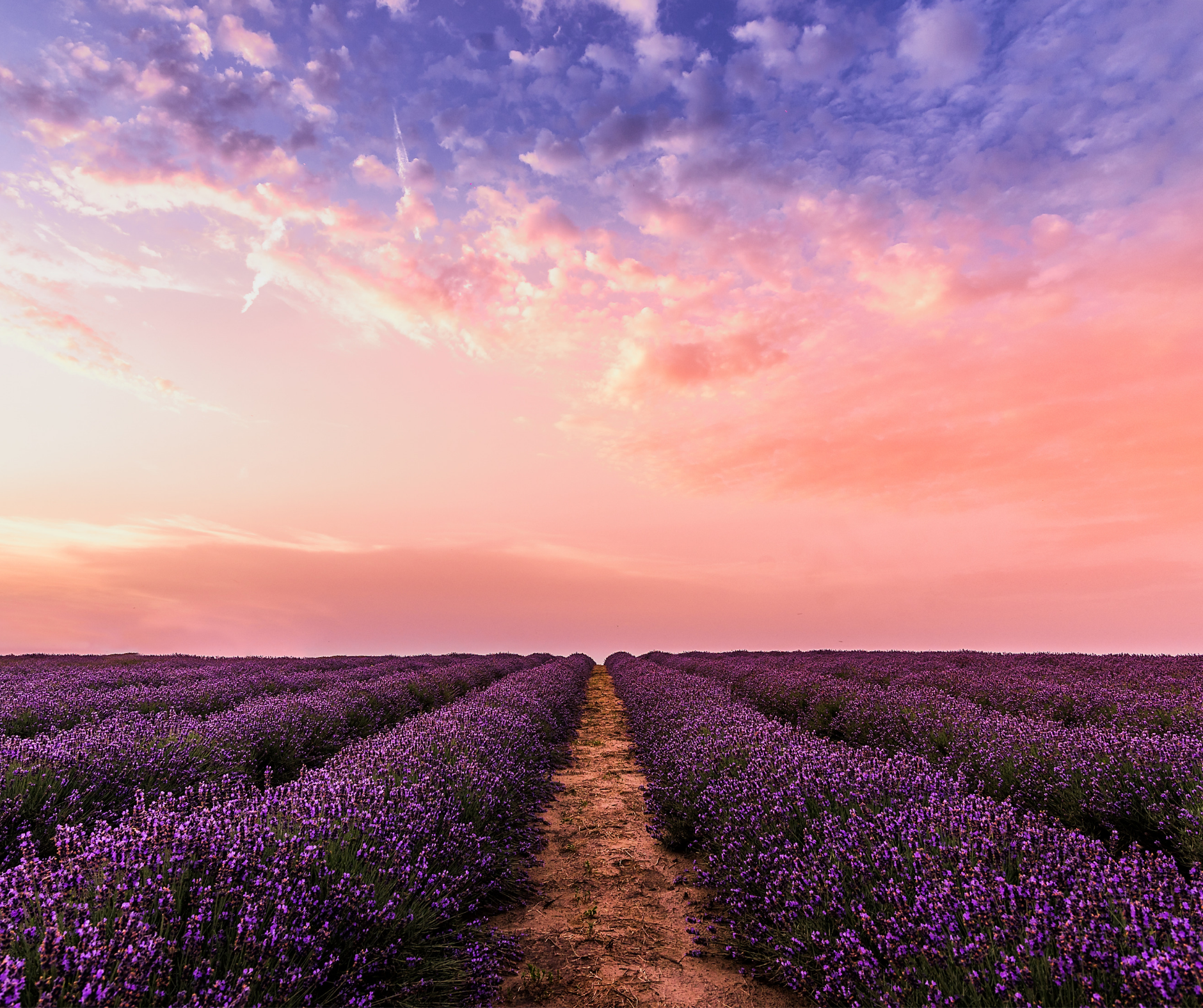
Lavender should be planted in an area with good air circulation, as this will help to prevent disease and pests. Rosemary is more tolerant of humid conditions and can be grown in pots or containers.
Lavender and rosemary are both hardy herbs, and can be grown in most parts of the world. Lavender is hardy in USDA Zones 5-8, while rosemary is hardy in Zones 8-10. When grown in cooler climates, lavender will need to be planted in a sheltered area and mulched in winter to protect the roots from frost. Rosemary can tolerate cooler temperatures, but will need protection in areas with frost.

Botanically Similar Herbs
While lavender and rosemary are both members of the same botanical family (Lamiaceae), there are other herbs that are botanically similar. These include oregano, thyme, basil, and mint. These herbs all share similar growing requirements, and can be used in a variety of dishes, both sweet and savoury.
As you can tell, I am a passionate herb lover. I hope this has helped you understand the difference of lavender versus rosemary. If you have room for both in your garden, I highly recommend planting them both. They are wonderful, versatile, fragrant and useful.
If you have any questions or comments, you can find me on Instagram, Pinterest and Facebook. I try to answer any recipe related questions quickly as I know you might be in the middle of making it.
Also check out my FREE PRINTABLE meal planner to make menu planning and grocery shopping a breeze and my shopping guide. And if you like this recipe, I would love it if you give it a star rating in the recipe card.
Cheers and happy cooking, Friends! Sabrina
Related Recipes
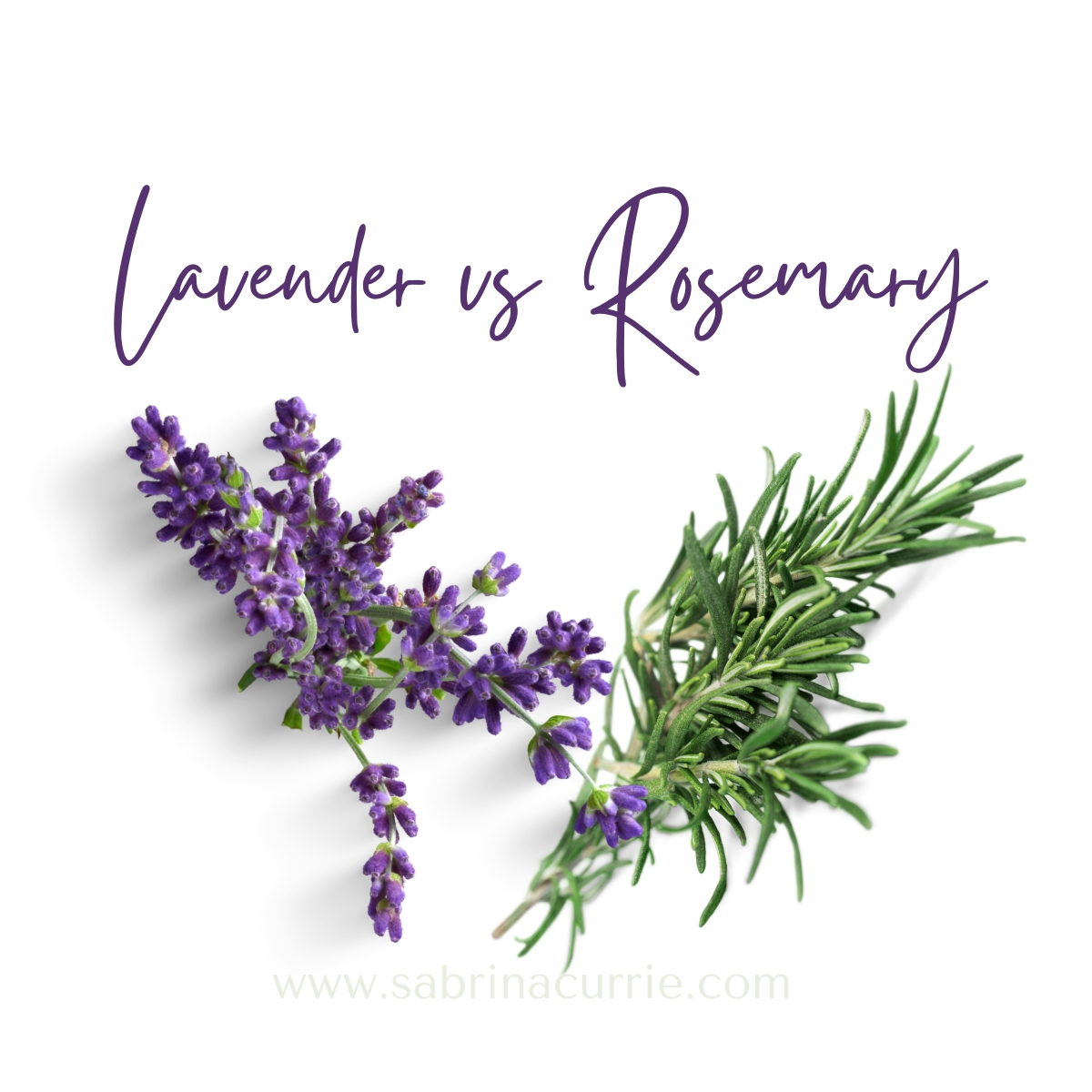



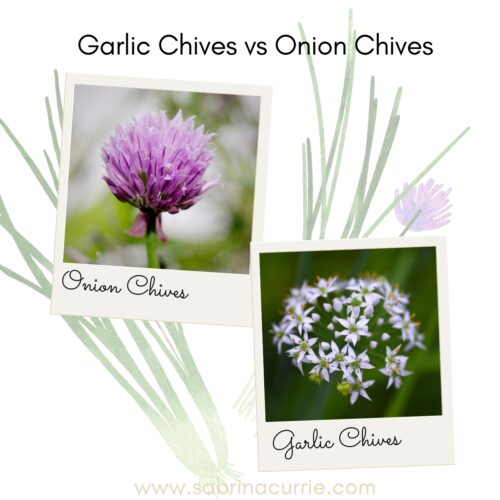
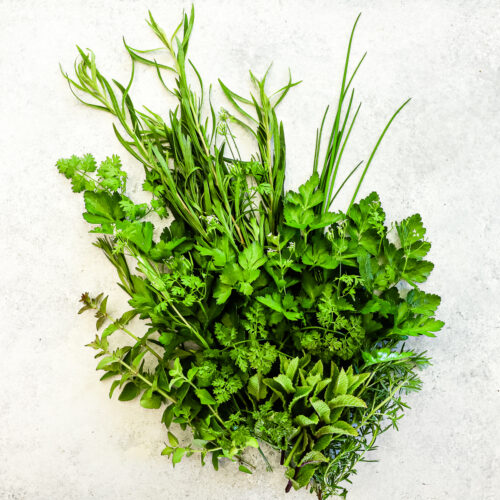
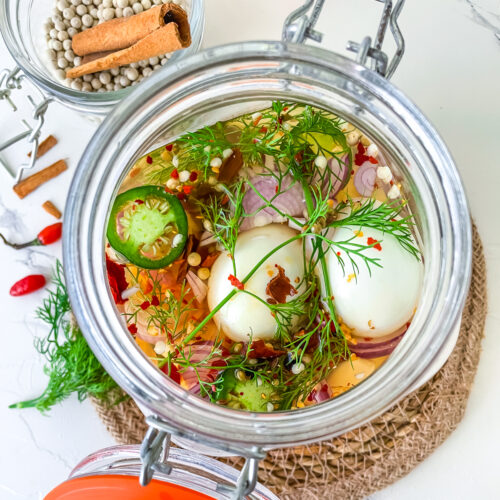
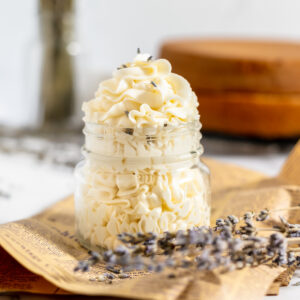
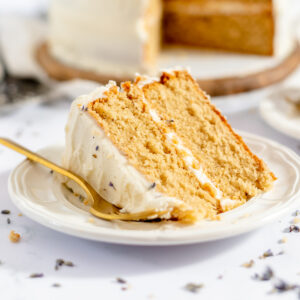


Comments
No Comments